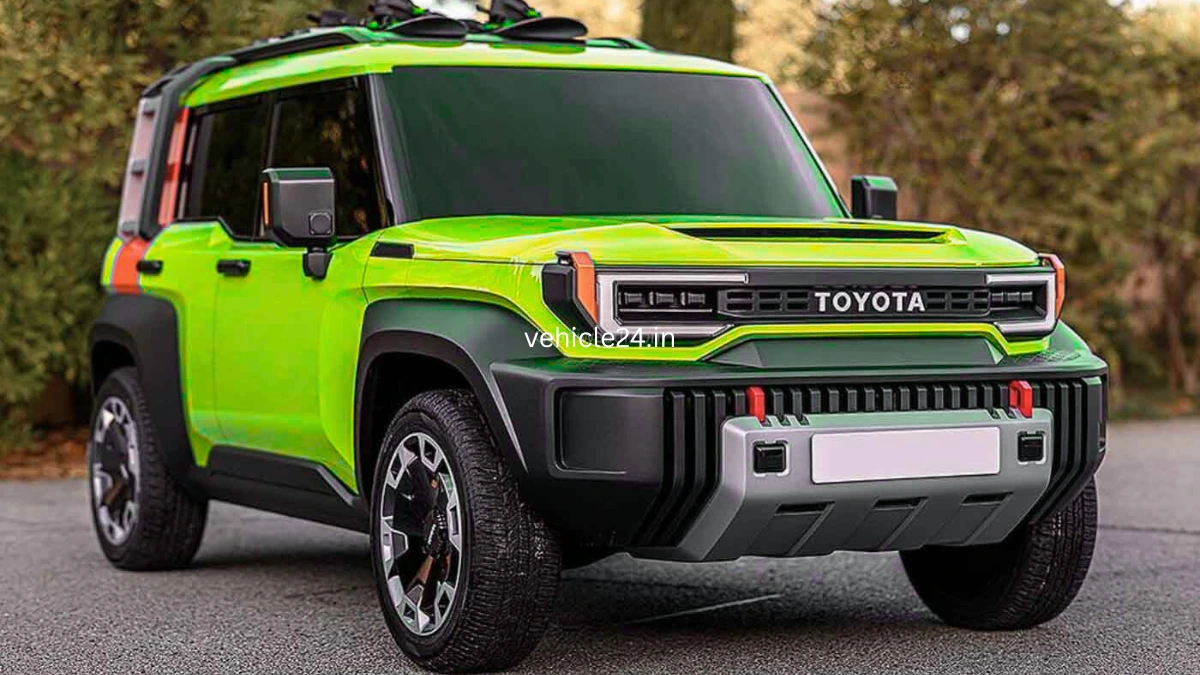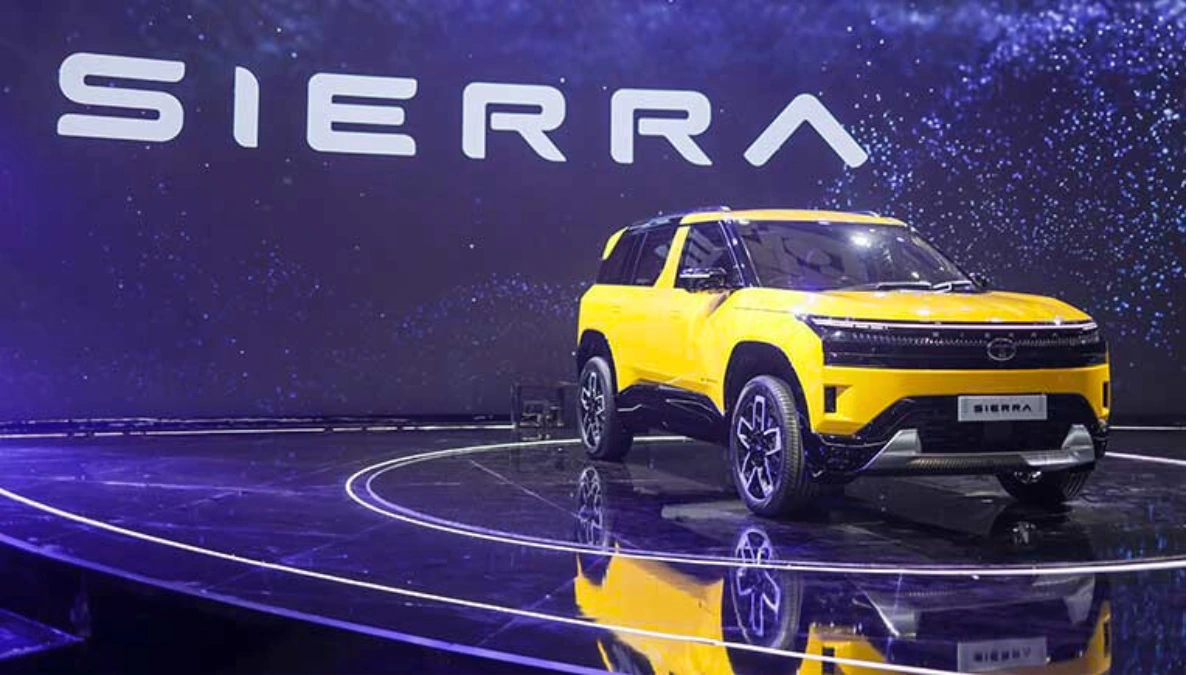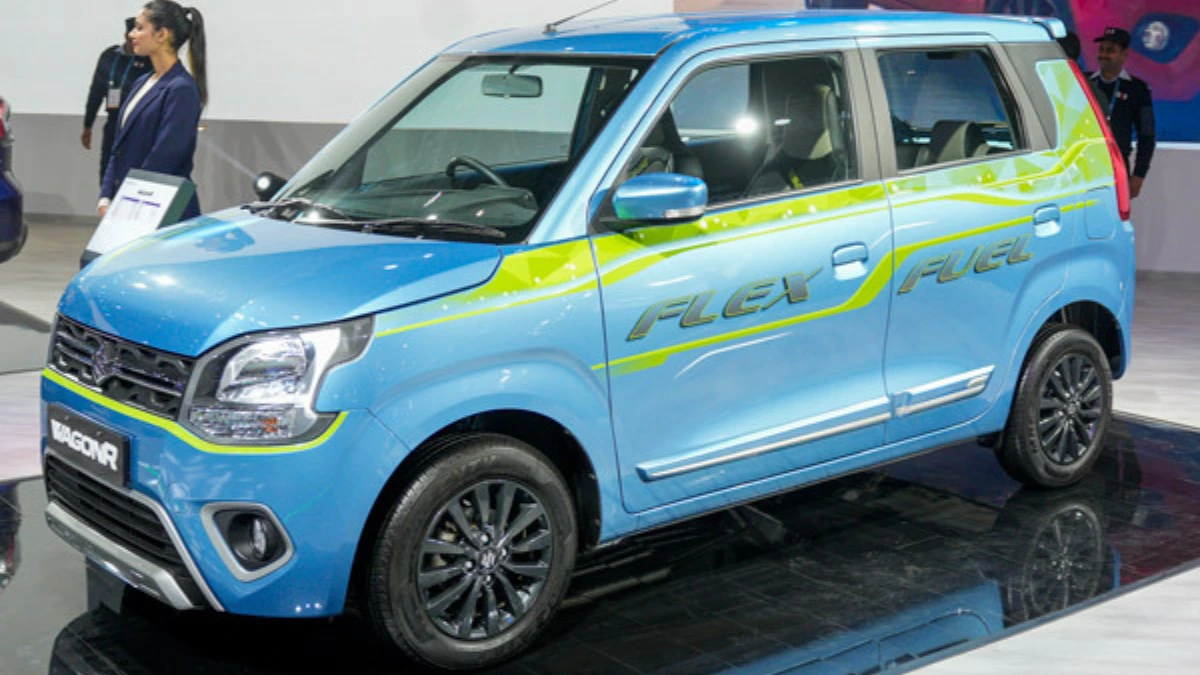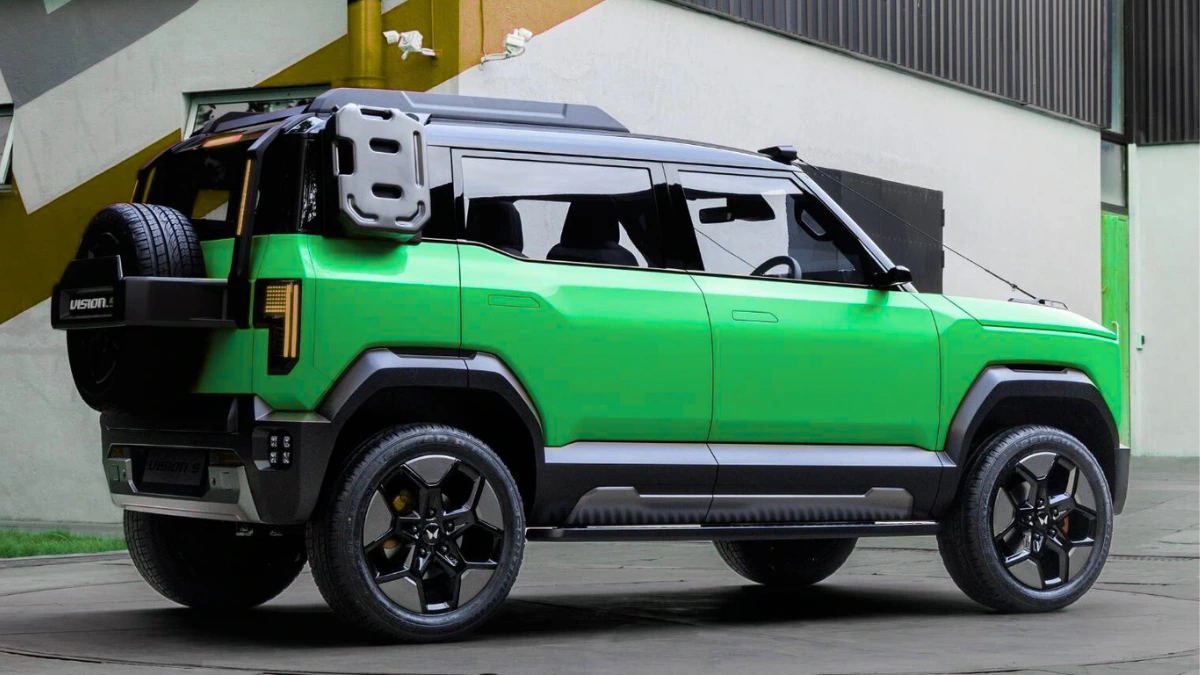Tata Motors is gearing up to strengthen its electric vehicle lineup with the introduction of the Sierra EV, a stylish and powerful electric SUV designed to challenge the upcoming Hyundai Creta EV and Maruti e-Vitara in India. Reviving the iconic Sierra name, Tata is set to launch this cutting-edge electric vehicle by late 2025, ahead of its petrol and diesel counterparts. The Sierra EV made a striking debut in pre-production form at the Bharat Mobility Global Expo 2025, captivating audiences with its futuristic design and advanced technology.
Innovative Interior and Premium Features
One of the standout features of the Tata Sierra EV is its groundbreaking triple-screen dashboard, seamlessly integrating a digital driver display, a central infotainment touchscreen, and a dedicated passenger-side entertainment unit. This floating display setup promises an immersive in-cabin experience. The SUV is packed with high-end features, including a panoramic sunroof, a heads-up display (HUD), a built-in dashcam, ventilated front seats, and support for Android Auto and Apple CarPlay connectivity, ensuring a blend of comfort and connectivity.
Advanced Safety and Technology
Drawing inspiration from the recently launched Harrier EV, the Sierra EV is expected to boast a robust suite of safety features. These include Level 2 Advanced Driver Assistance Systems (ADAS), six airbags, a 360-degree surround-view camera, hill hold assist, electronic stability control, and a tyre pressure monitoring system. Additionally, the SUV will incorporate modern charging capabilities such as Vehicle-to-Load (V2L) and Vehicle-to-Vehicle (V2V) technologies, making it versatile for various power-sharing scenarios.
Unique Seating Configurations
Tata Motors plans to offer the Sierra EV in multiple seating layouts, including standard six- and seven-seater options. For those seeking a more luxurious experience, a premium four-seater lounge variant will be available. This high-end configuration features L-shaped, sofa-like rear seats equipped with foldable tray tables, smartphone charging ports, and individual infotainment screens, redefining rear-seat comfort. While this variant has yet to be spotted in testing, more details are expected to emerge soon.
Purpose-Built Electric Architecture
Unlike many of Tata’s previous electric models, which were adapted from internal combustion engine (ICE) platforms, the Sierra EV is engineered from the ground up as an electric vehicle. It is built on Tata’s advanced Acti.ev platform, shared with the Punch EV and Curvv EV, ensuring optimized performance and efficiency. The ICE version of the Sierra, in contrast, will utilize the ATLAS architecture, highlighting Tata’s dual approach to electrification and traditional powertrains.
Powertrain and Performance
The Sierra EV is expected to feature the same 65 kWh and 75 kWh battery packs as the Harrier EV, delivering impressive driving ranges. Based on the Harrier EV’s performance, which offers 538 km and 627 km (MIDC Part 1 + Part 2 Cycle) with the respective battery sizes, the Sierra EV is likely to provide comparable range figures. Additionally, there’s speculation that the Sierra EV may include an all-wheel-drive (AWD) system, enhancing its versatility and appeal in diverse driving conditions.
Also Read –Maruti Suzuki e Vitara: A Game-Changing Electric SUV Set to Redefine Mobility
Production and Launch Timeline
Tata Motors will manufacture the Sierra EV at its Pune facility, ensuring localized production to meet Indian market demands. Bookings for the SUV are slated to open around the Diwali festive season in October 2025, with initial deliveries expected by the end of the year. This strategic launch timeline positions the Sierra EV as a strong contender in the rapidly growing electric SUV segment.









